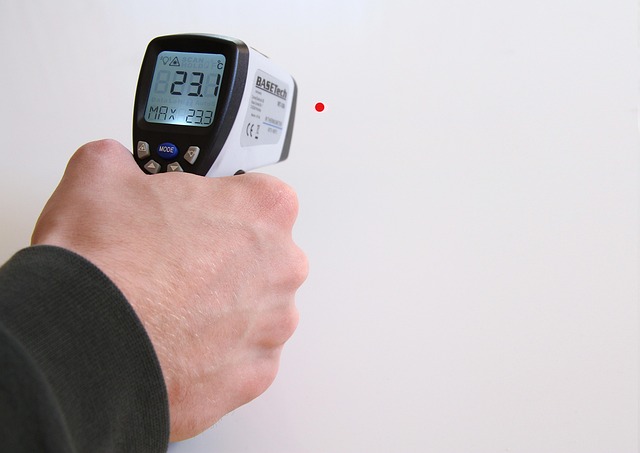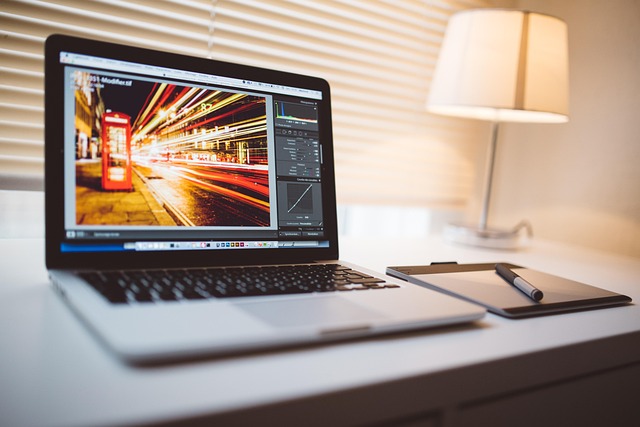When it comes to enjoying your favorite films or binge-watching the latest series, the allure of visuals often holds as much weight as the storyline. One crucial aspect that significantly influences our viewing experience is color temperature. For TV enthusiasts and tech lovers, understanding color temperature is essential for obtaining the best possible viewing experience on your monitor or television.
Color temperature refers to the hue of the light emitted by a display, determined in Kelvin (K). Lower numbers, such as 2700K, produce a warm, yellowish light reminiscent of traditional incandescent bulbs, while higher numbers, like 6500K, yield a cool, bluish light akin to daylight. Most modern displays come calibrated, but customizing this setting can enhance your experience remarkably. Imagine sitting down for a movie marathon; the last thing you’ll want is the visual discomfort from a poorly adjusted screen.
For many tech lovers, diving into display technology is like exploring a vast ocean of possibilities. With advancements in LED, OLED, and QLED screens, the choice of color temperature can drastically affect how colors are perceived on your screen. A display calibrated to emit a cooler color temperature might make colors look vibrant and striking, ideal for action films and high-energy content. Conversely, a warmer color temperature can create a soothing atmosphere, perfect for romantic comedies or documentaries.
Furthermore, monitors used for gaming often come with various color temperature presets. Understanding how these settings work enables gamers to optimize their setup not just for performance but for immersive visualization as well. Colors that pop can be pivotal in competitive gaming, where every detail counts. Hence, paying attention to color temperature isn’t just about aesthetics; it can also affect your reaction time and game results.
The visualization of content is another area where color temperature plays a pivotal role. For creators, whether you are editing photographs, designing graphics, or producing videos, the color temperature must be consistent across devices. This consistency ensures that what you see on screen is equivalent to what others perceive, making it essential to calibrate your monitors accordingly. Undertones and highlights, influenced by color temperature, can transform your project from simply ‘good’ to ‘visually striking.’
As a TV enthusiast or a tech lover, it’s worthwhile to occasionally revisit the settings on your devices. While factory presets may be convenient, taking the time to adjust the color temperature can bring your content to life, enhancing both clarity and emotional connection. Dive into the settings menu, experiment with different color temperatures, and see the transformative impact it can have on your photo viewing, video watching, or gaming sessions.
In the end, mastering color temperature isn’t just about technical knowledge; it’s about creating an environment that elevates your audiovisual experience. So, grab your remote, navigate through those settings, and prepare to see your favorites in a whole new light!




